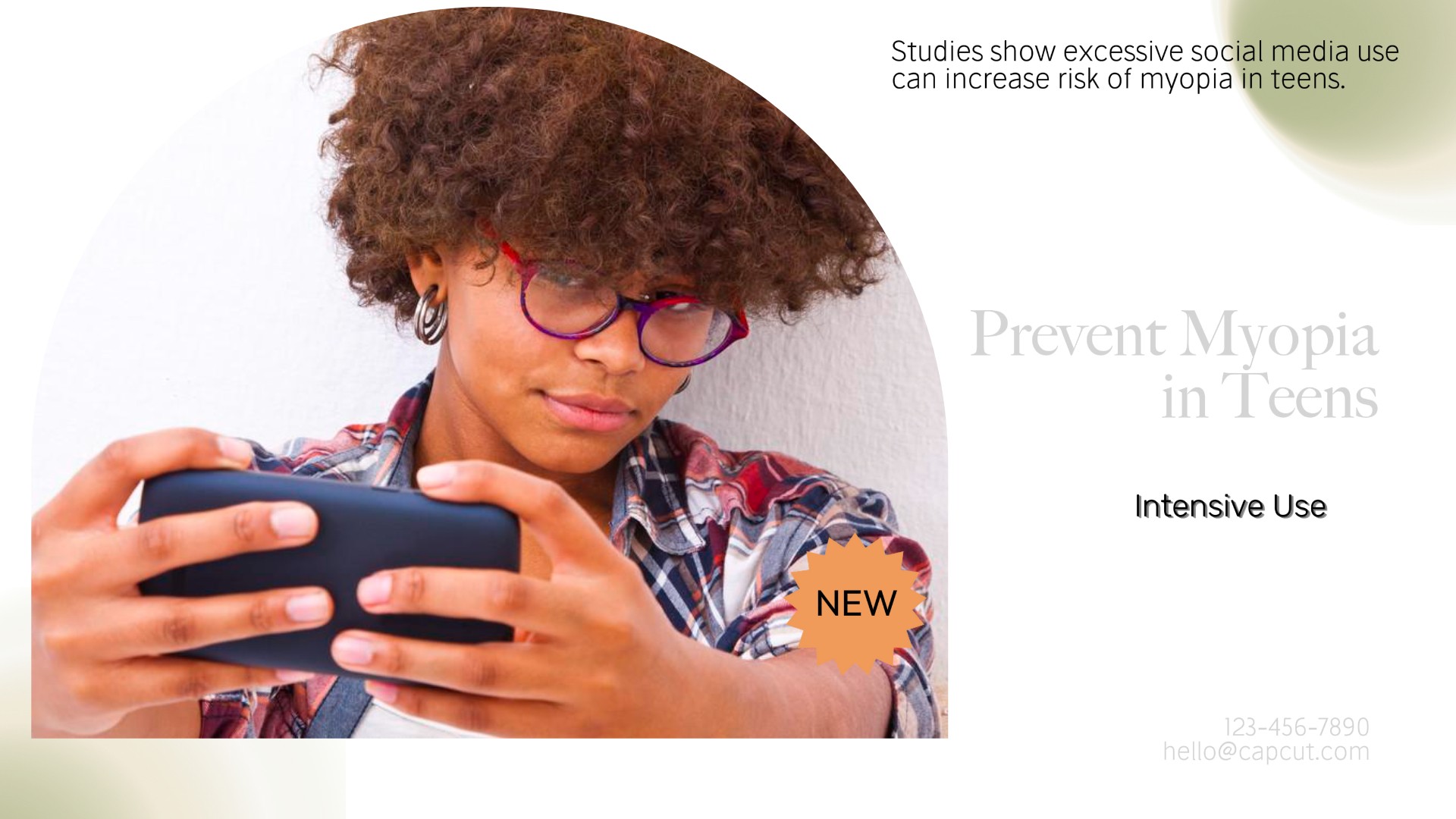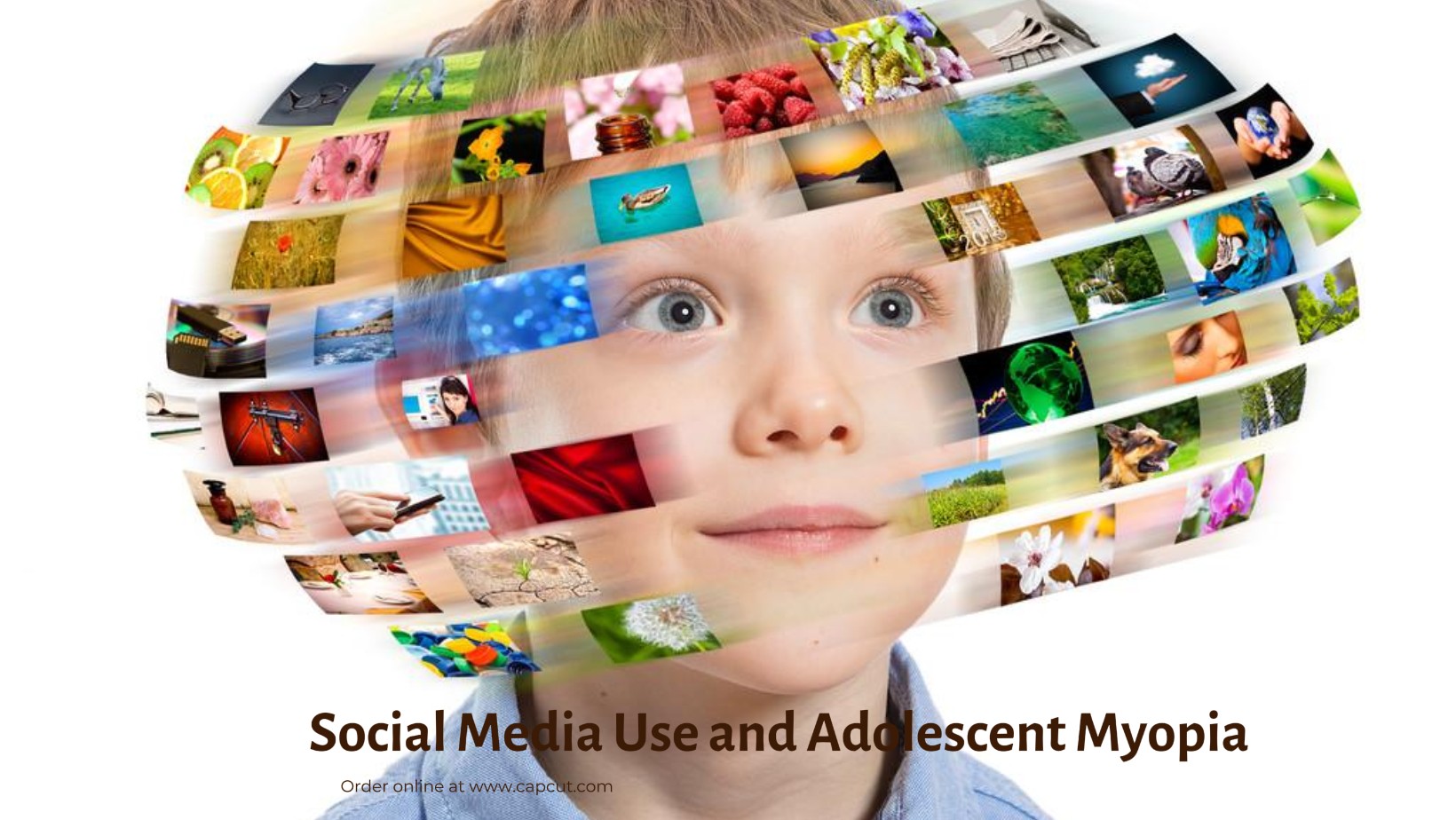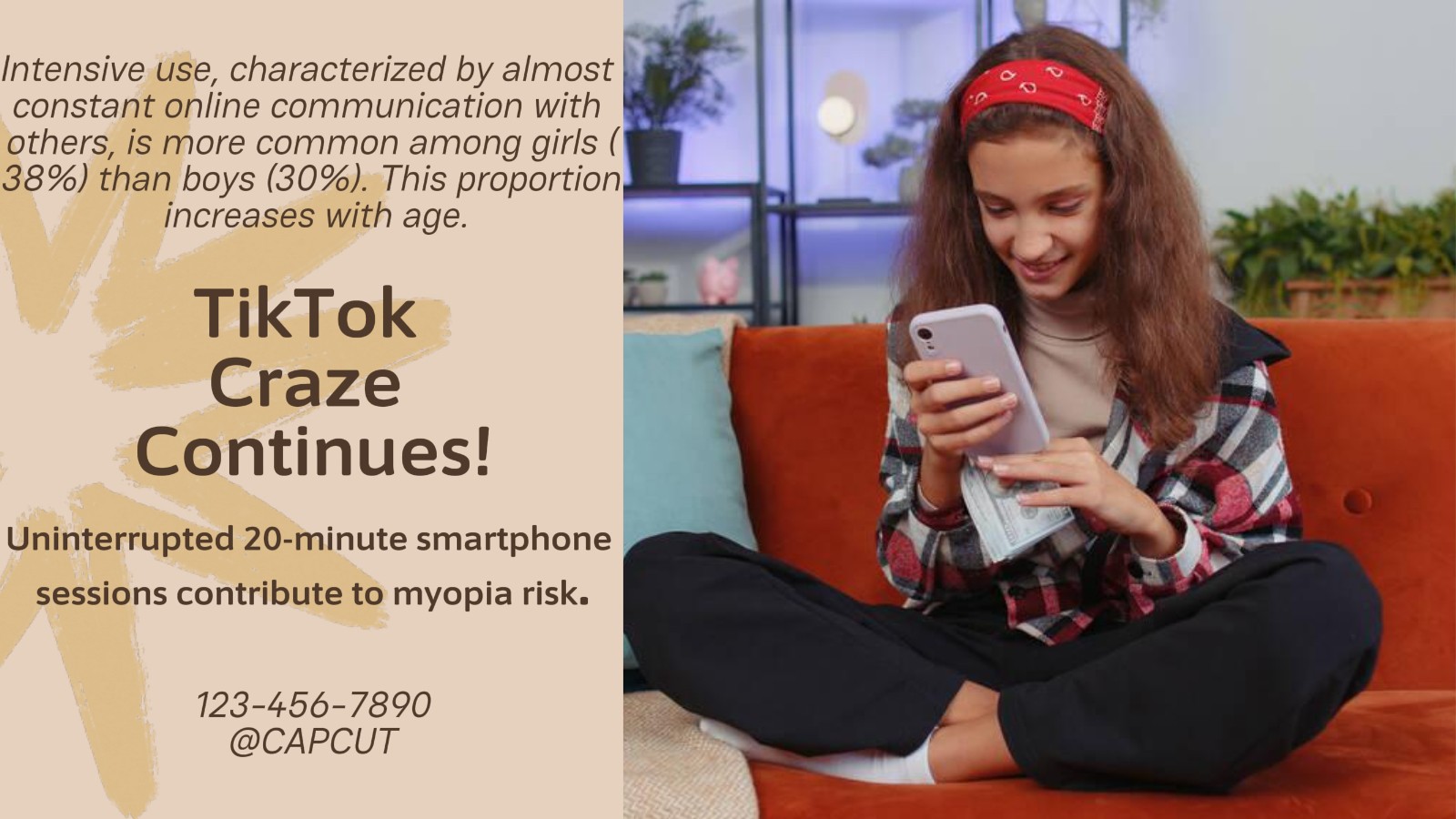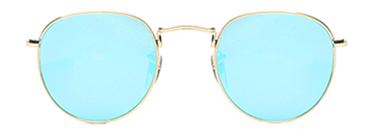
Social Media Use and Adolescent Myopia
Social media has become an integral part of young people’s lives. However, the relationship between social media use and adolescent myopia has garnered widespread attention. In this article, we will explore the impact of social media on adolescent visual health and provide relevant statistical data.
 Current Trends in Adolescent Social Media Use
Current Trends in Adolescent Social Media Use
Based on the Canadian Health Behaviour in School-aged Children study, here are some statistics related to adolescent social media use:
- Intensity of Use: Intensive use, characterized by almost constant online communication with others, is more common among girls (38%) than boys (30%). This proportion increases with age.
- Problematic Use: Social media addiction traits are more prevalent among girls (7.7%) than boys (5.2%).
- Relationships and Connections: Intensive use is associated with positive social relationships, especially among girls (relative risk [RR] = 1.40). However, problematic use is negatively correlated with strong relationships and connections across all study groups. Notably, problematic use is also negatively associated with family relationships for both boys (RR = 0.58) and girls (RR = 0.48).
TikTok Use
TikTok, the video-based social media platform, has established itself as a dominant force among U.S. teens. Let’s dive into the latest statistics and explore how TikTok’s popularity has evolved.
TikTok’s Soaring Popularity
- Adoption Rate:
- 67% of American teenagers aged 13 to 17 say they ever use TikTok1.
- 16% of all teens use TikTok almost constantly1.
- This rapid adoption has propelled TikTok to the top tier of social media platforms for teens.
- Facebook’s Decline:
- In contrast, the share of teens using Facebook has plummeted from 71% in 2014-15 to just 32% today1.
- Facebook, once dominant, now faces stiff competition from TikTok.
- YouTube Reigns Supreme:
- 95% of teens use YouTube, making it the most widely used platform among those surveyed1.
- TikTok follows closely, with 67% of teens actively using it.
Usage Patterns
- Engagement:
- 35% of teens are on at least one of the top five online platforms (YouTube, TikTok, Instagram, Snapchat, and Facebook) almost constantly1.
- TikTok and Snapchat users are particularly engaged, with 25% reporting almost constant usage.
- TikTok’s Plateau:
- While TikTok’s weekly usage rate remains high at 68%, it has seen a slight drop from 69% in 20222.
- Nevertheless, TikTok’s popularity remains significantly higher than two years ago when it stood at 63%.
Demographic Differences
- Gender:
- Teen girls are more likely than boys to use TikTok almost constantly (22% vs. 12%)3.
- However, there are minimal gender differences in the use of YouTube, Instagram, and Facebook.
- Race and Ethnicity:
- Black and Hispanic teens report higher usage of TikTok, Instagram, Twitter, and WhatsApp compared to White teens1.
TikTok’s meteoric rise and Facebook’s decline underscore the dynamic nature of social media trends. As teens continue to shape the digital landscape, platforms must adapt to meet their evolving preferences.
Keywords: TikTok, social media, adolescent trends, engagement, demographics
 Social Media Use and Adolescent Myopia: Navigating the Digital Landscape
Social Media Use and Adolescent Myopia: Navigating the Digital Landscape
Social media has become an integral part of young people’s lives, shaping how they connect, communicate, and consume information. However, as the digital landscape expands, concerns arise about its impact on adolescent health. In this extended article, we delve deeper into this topic, exploring the latest research, statistics, and practical implications.
The Myopia Epidemic
Myopia is a common refractive error characterized by difficulty seeing distant objects clearly. Its prevalence has surged globally, affecting millions of people, especially in urban areas. While genetic factors play a role, environmental influences—such as prolonged near work and reduced outdoor time—also contribute to myopia development.
The Social Media Connection
Screen Time and Eye Health
Adolescents are avid users of digital devices, spending approximately 7 hours per day on screens. The close proximity of screens and prolonged screen time can strain the eyes, potentially exacerbating myopia. Here are some key points:
- Blue Light Exposure: Screens emit blue light, which may disrupt circadian rhythms and affect sleep quality. While evidence linking blue light to myopia is inconclusive, minimizing exposure before bedtime is advisable.
- Accommodative Stress: Constantly focusing on screens at close distances places strain on the eye’s focusing mechanism. This stress could contribute to myopia progression.
- Outdoor Time: Reduced outdoor time is associated with higher myopia rates. Social media use often replaces outdoor activities, limiting exposure to natural light.
Social Media Platforms and Myopia Information
Social media platforms serve as both sources of information and potential misinformation. Let’s explore this further:
- TikTok and Myopia: A recent study analyzed myopia-related videos on TikTok. While medical professionals shared accurate information, non-experts also contributed content. Users should critically evaluate sources and seek evidence-based advice.
- Educational Campaigns: Some platforms facilitate health education. For instance, school-based family health education delivered through social media can positively impact myopia rates among students.
Statistics and Insights
Screen Time Statistics
- Average Daily Screen Time: Adolescents spend approximately 7 hours per day on screens.
- Uninterrupted Sessions: Uninterrupted 20-minute smartphone sessions contribute to myopia risk.
Parental Concerns
Parents worry about their children’s screen habits. Balancing educational needs, social interactions, and outdoor activities is challenging. Here are some parental concerns:
- Quality Content: Parents seek reliable information on myopia prevention. They appreciate evidence-based content from reputable sources.
- Screen Breaks: Encouraging regular screen breaks and outdoor playtime is crucial.
Practical Recommendations
- 20-20-20 Rule: Every 20 minutes, take a 20-second break, and look at something 20 feet away.
- Outdoor Time: Encourage outdoor activities to promote natural light exposure.
- Educational Campaigns: Schools and healthcare providers can leverage social media for myopia awareness.
Social media is a powerful tool, but its impact on adolescent health requires thoughtful management. By promoting evidence-based information, encouraging outdoor time, and fostering a healthy digital balance, we can navigate the digital landscape while safeguarding our vision.
Remember, it’s not about abandoning screens—it’s about using them wisely.
1: Pew Research Center 2: Marketing Dive 3: Pew Research Center
Keywords: social media, myopia, screen time, adolescent health, digital balance
: Wong, S.-L., King, N., Gariépy, G., Michaelson, V., Canie, O., King, M., Craig, W., & Pickett, W. (2022). Adolescent social media use and its association with relationships and connections: Canadian Health Behaviour in School-aged Children, 2017/2018. Link : MDPI. (2023). Social Media Impact of Myopia Research. International Journal of Environmental Research and Public Health, 19(12), 7270. Link
